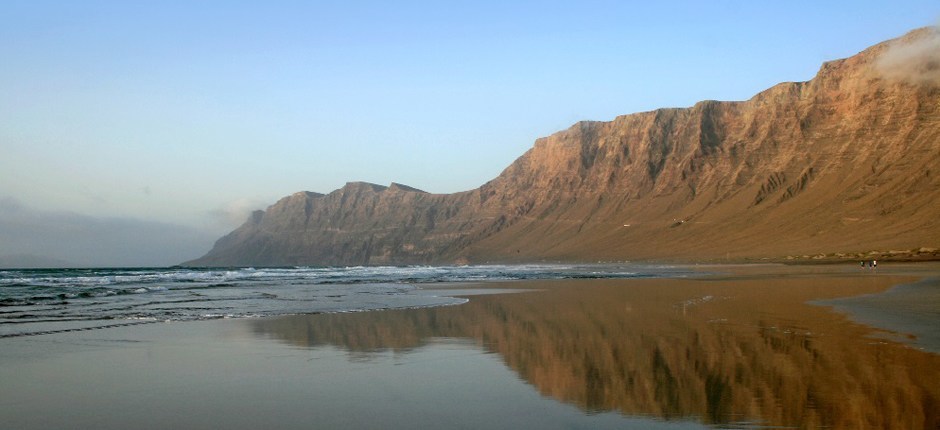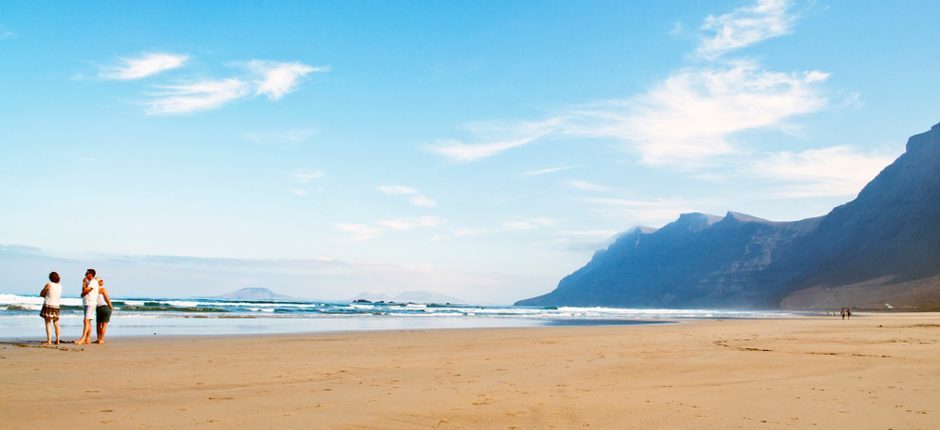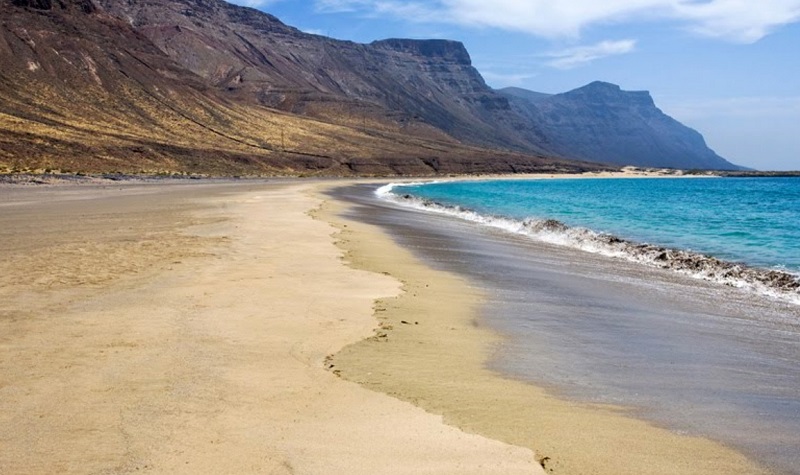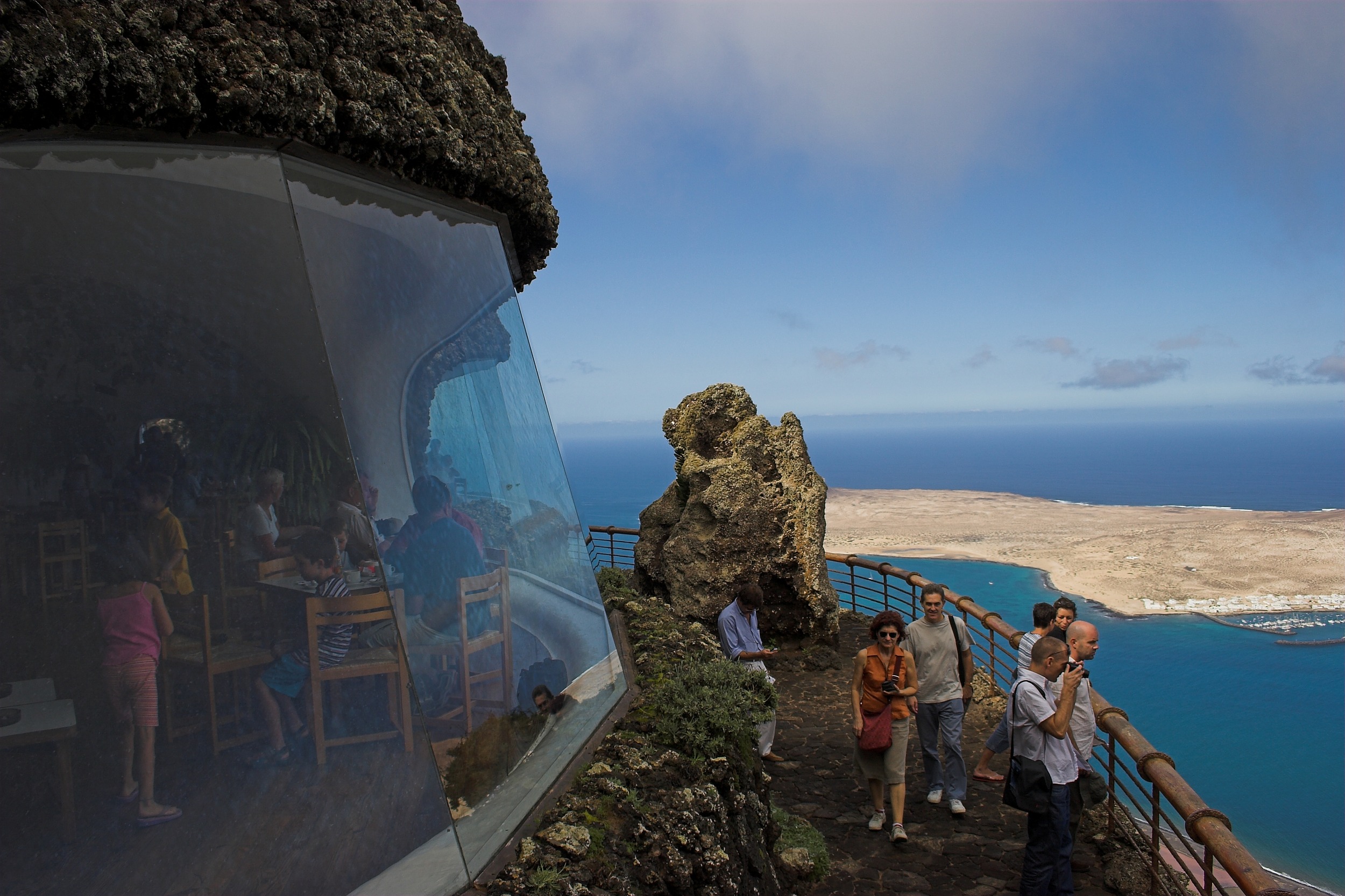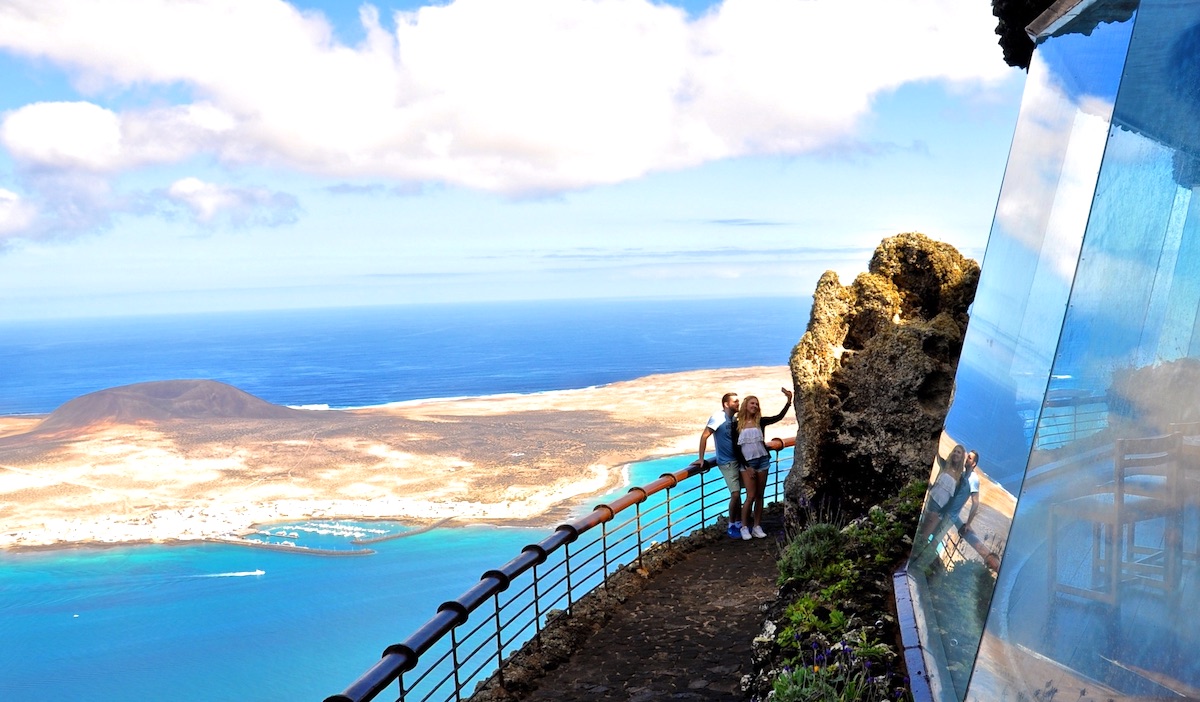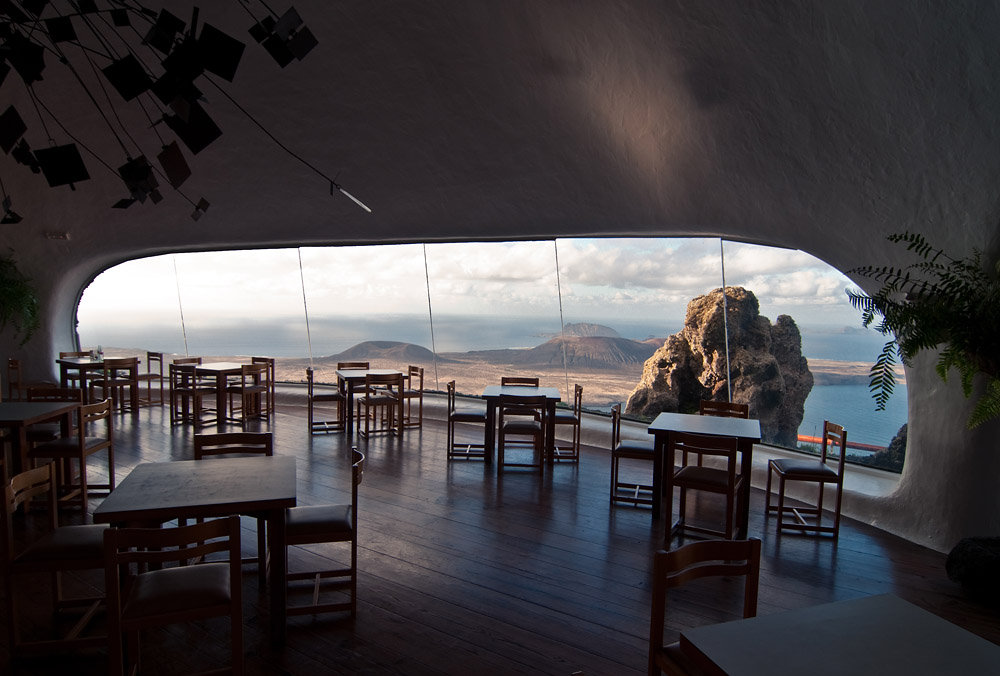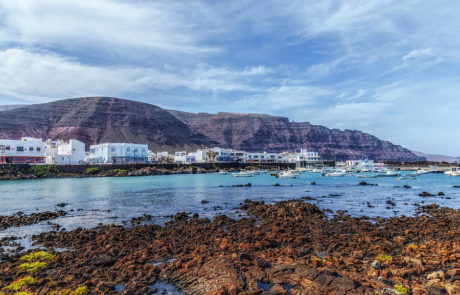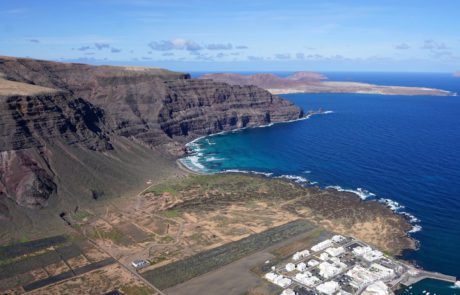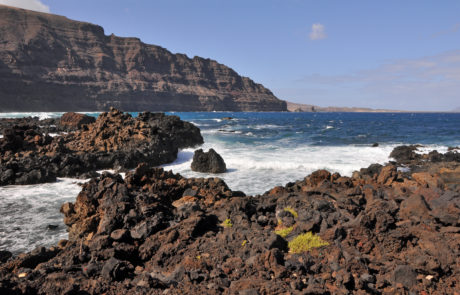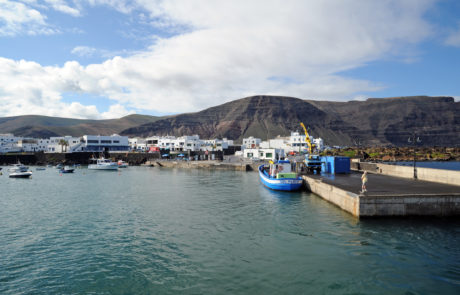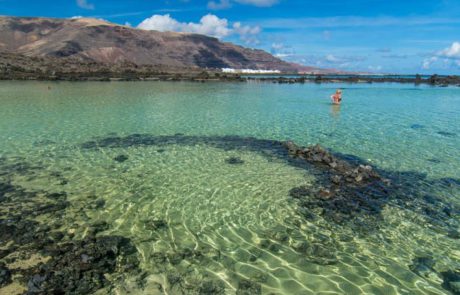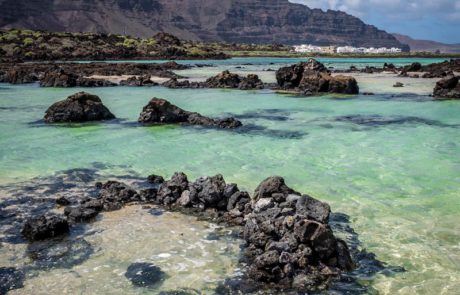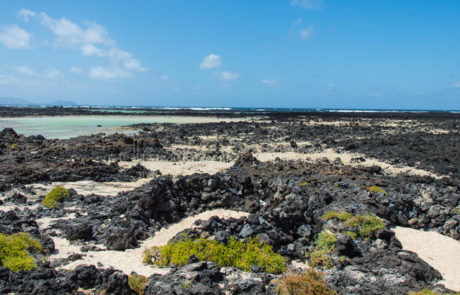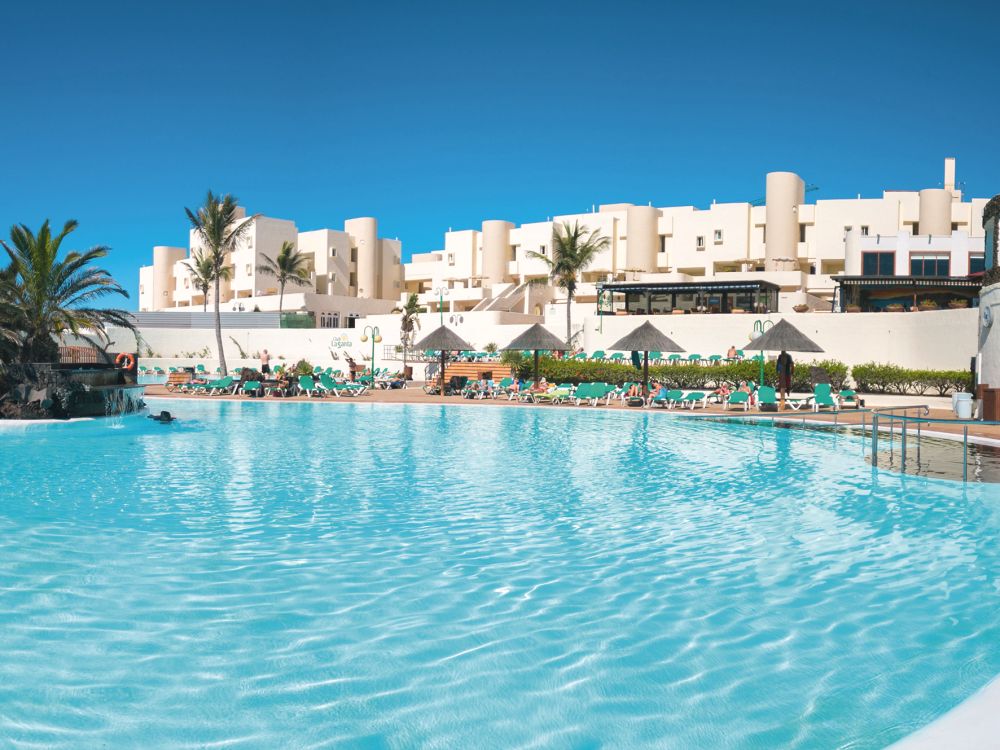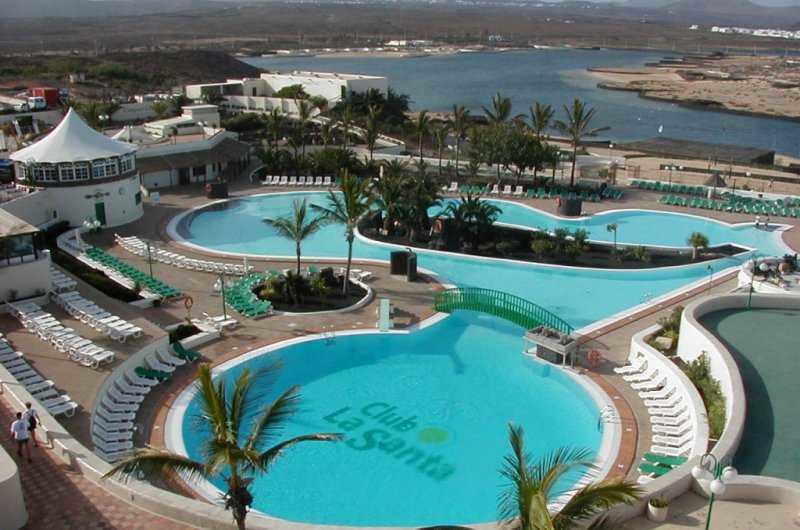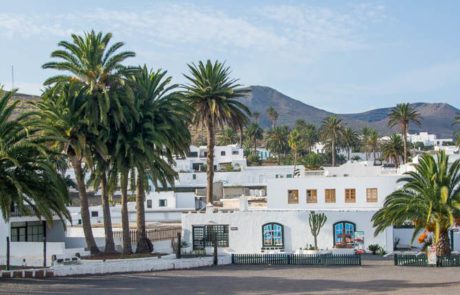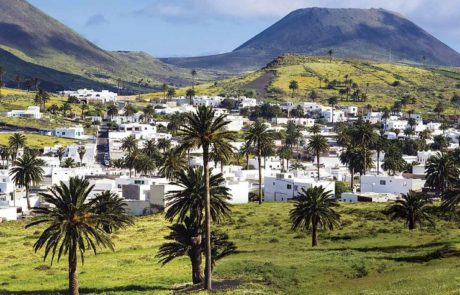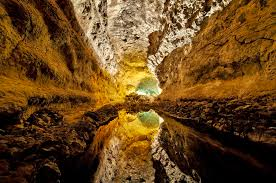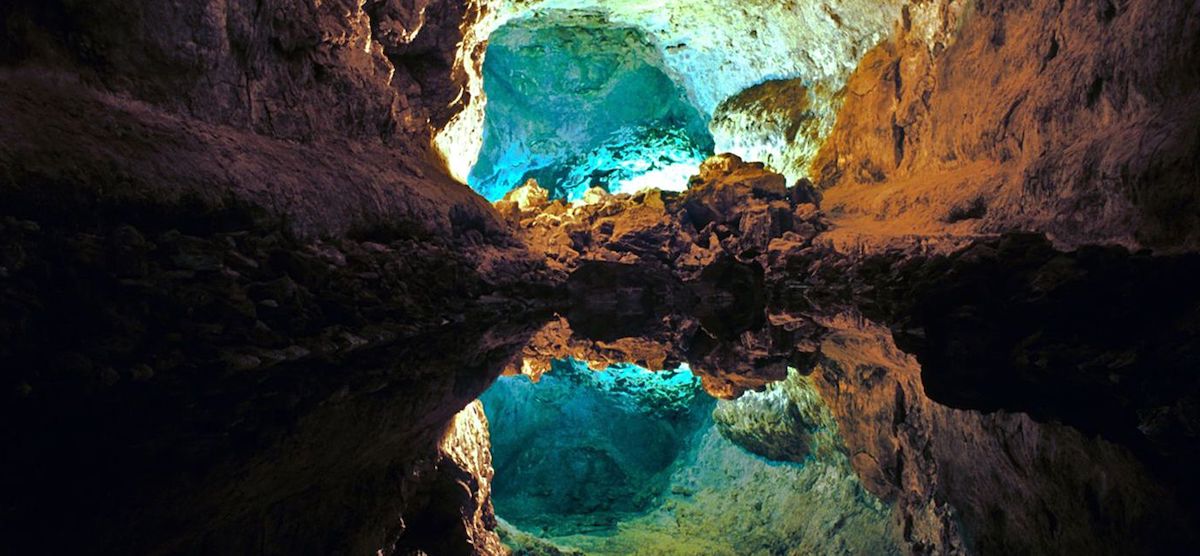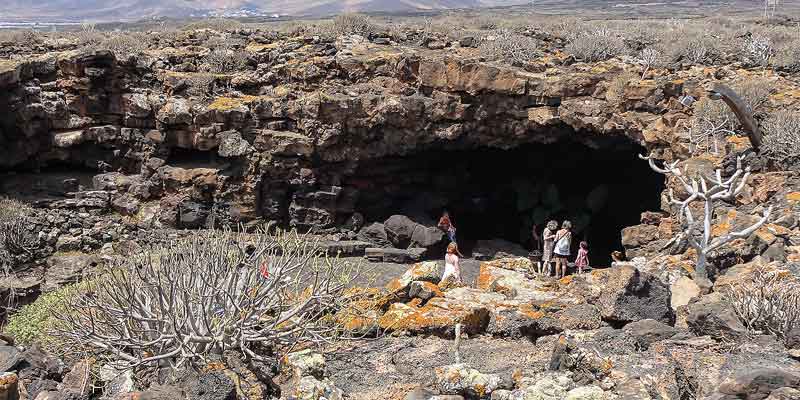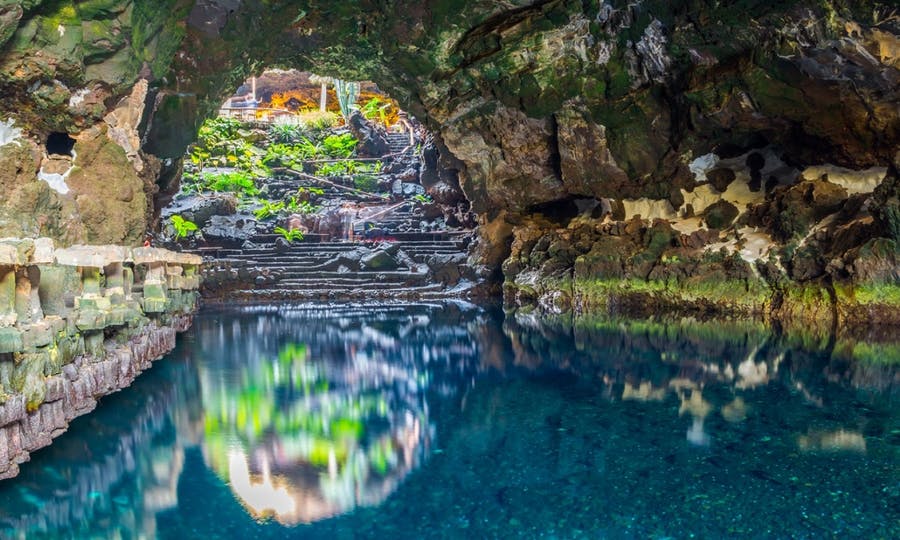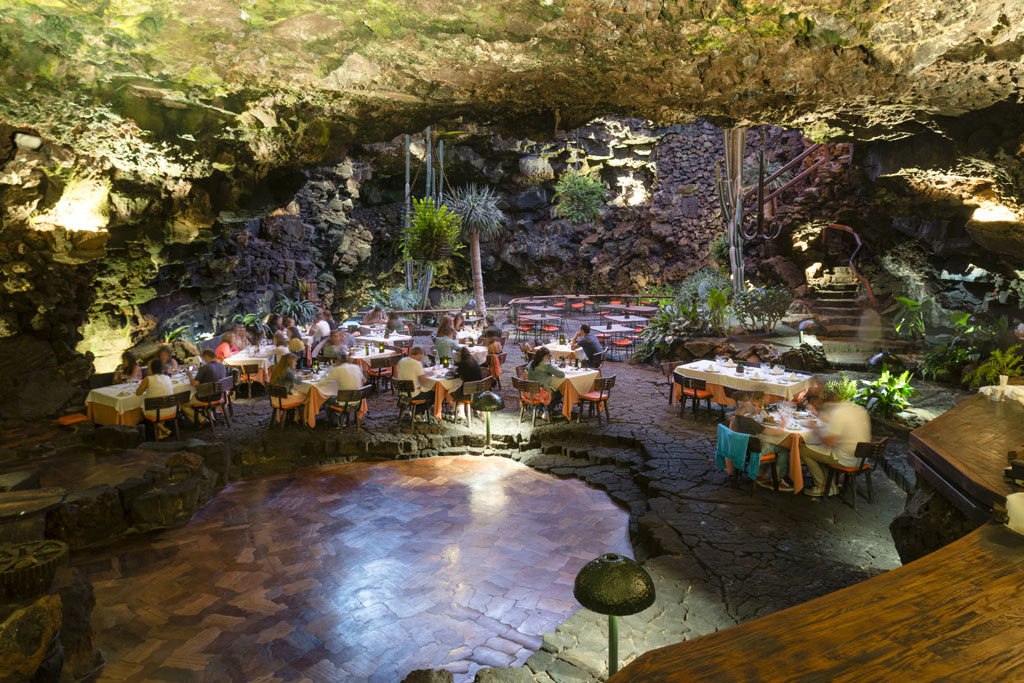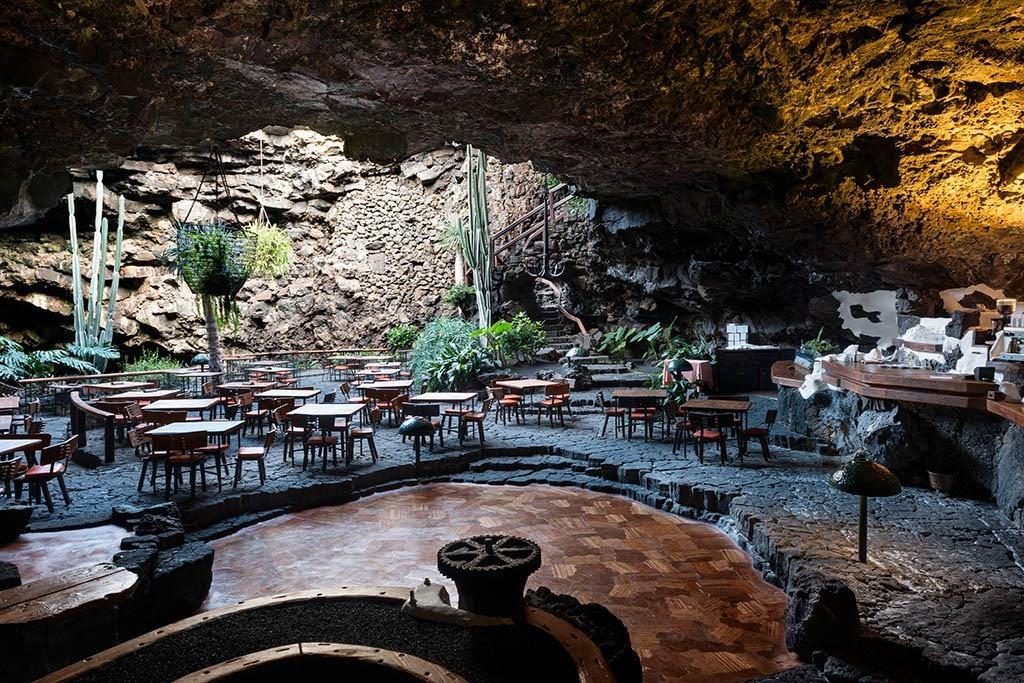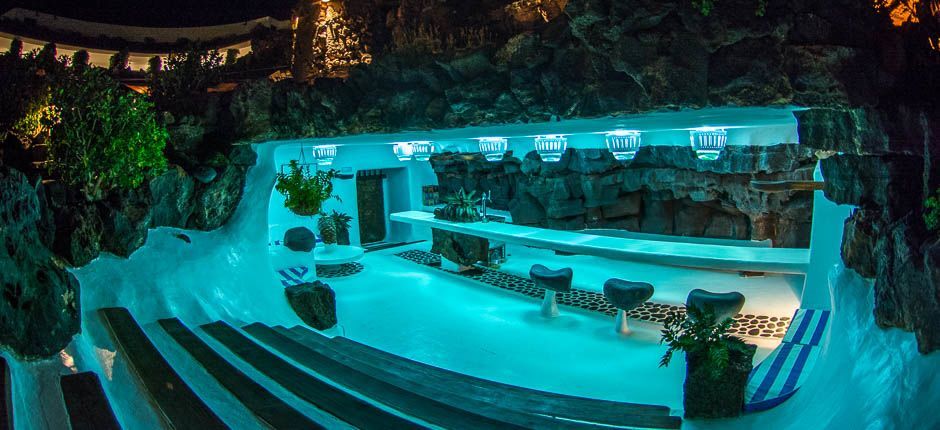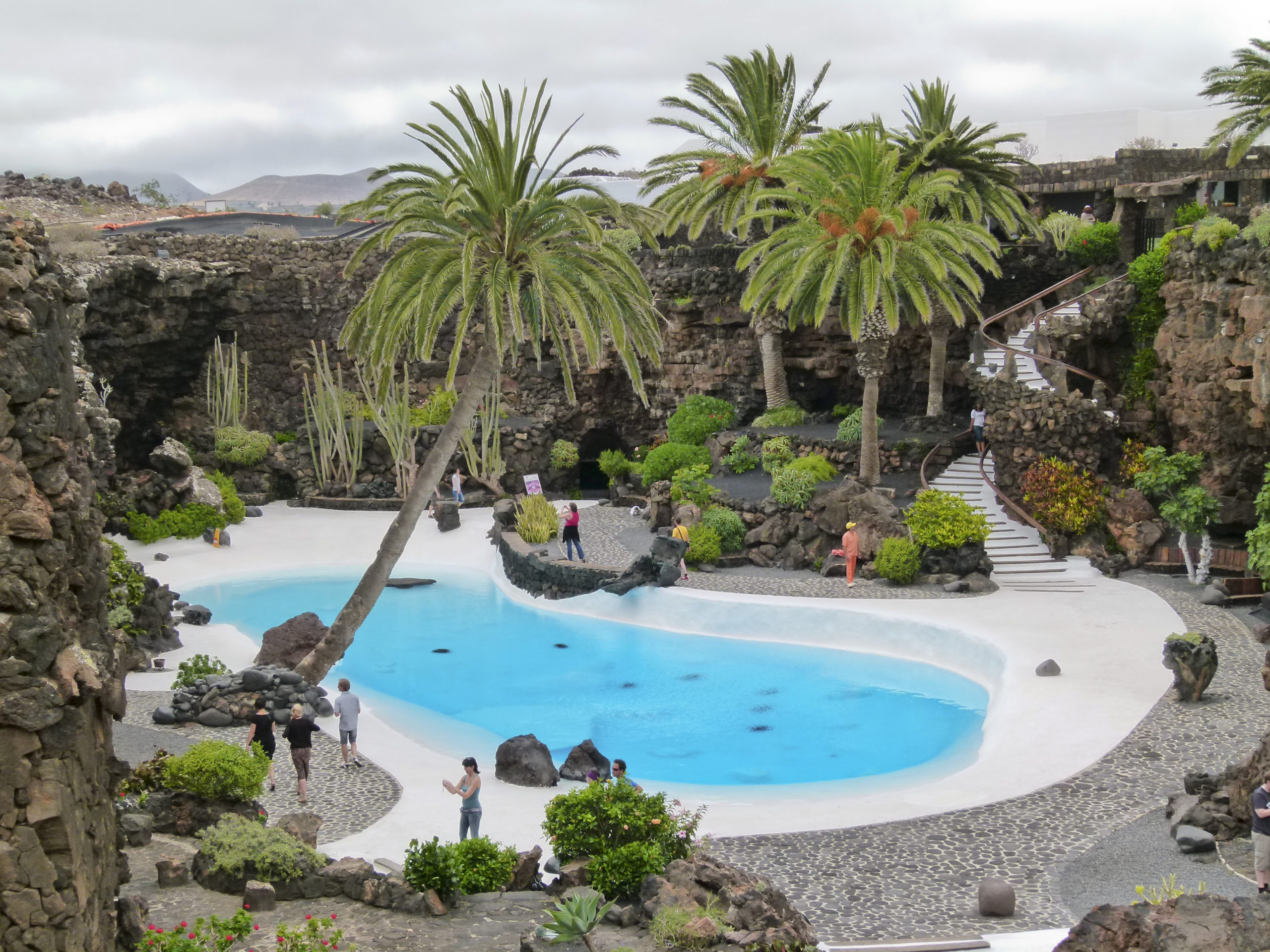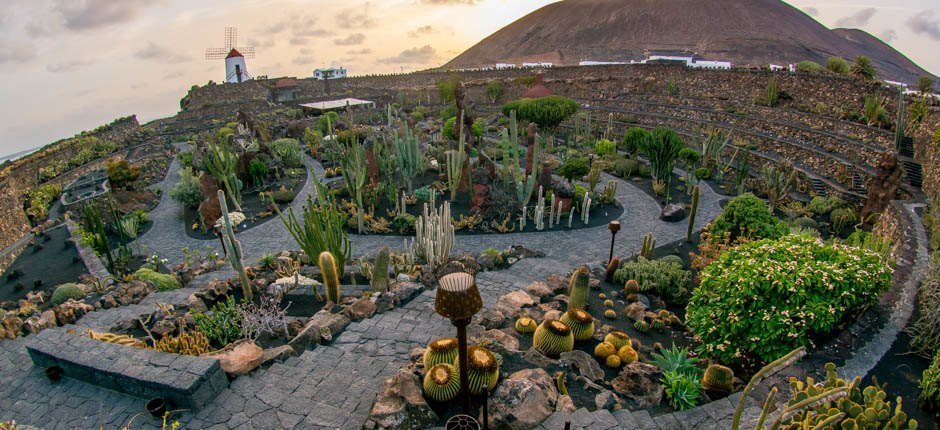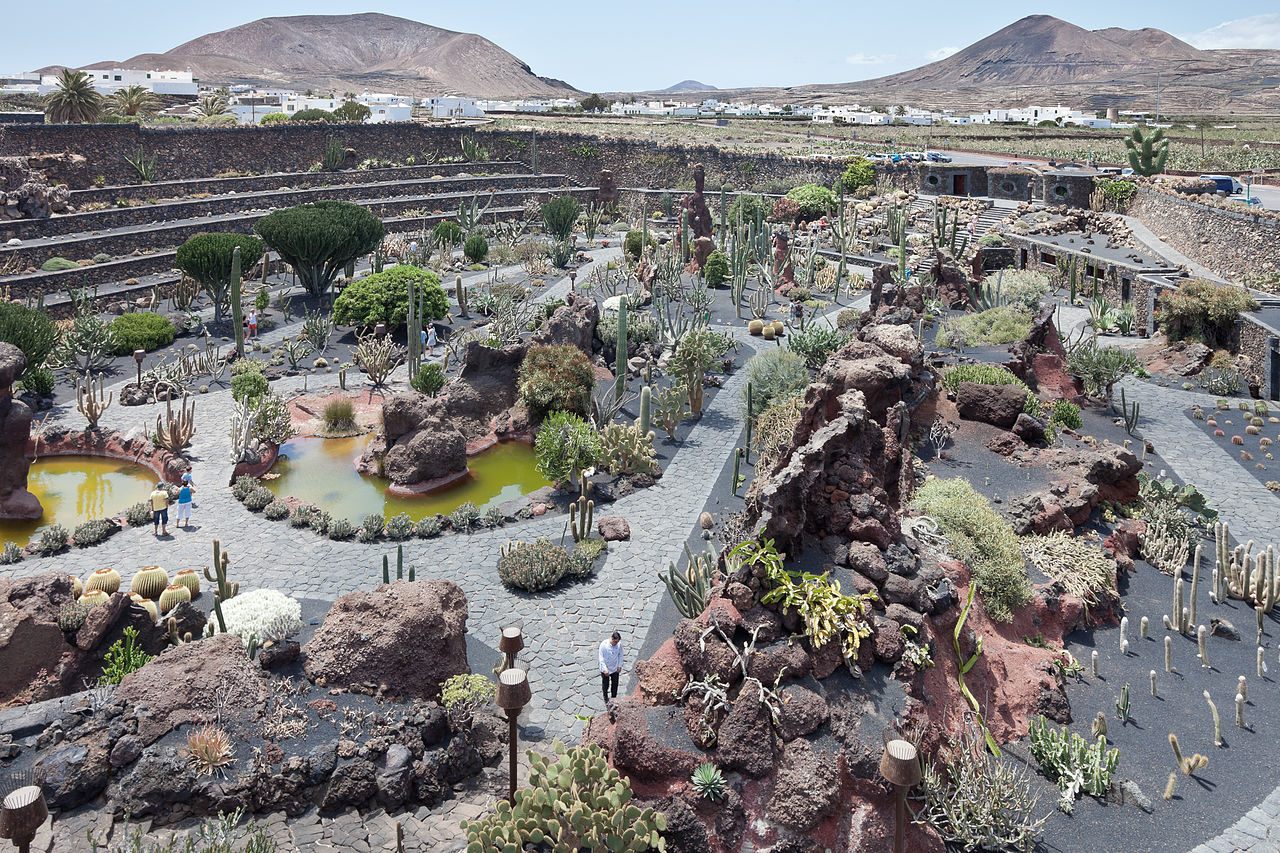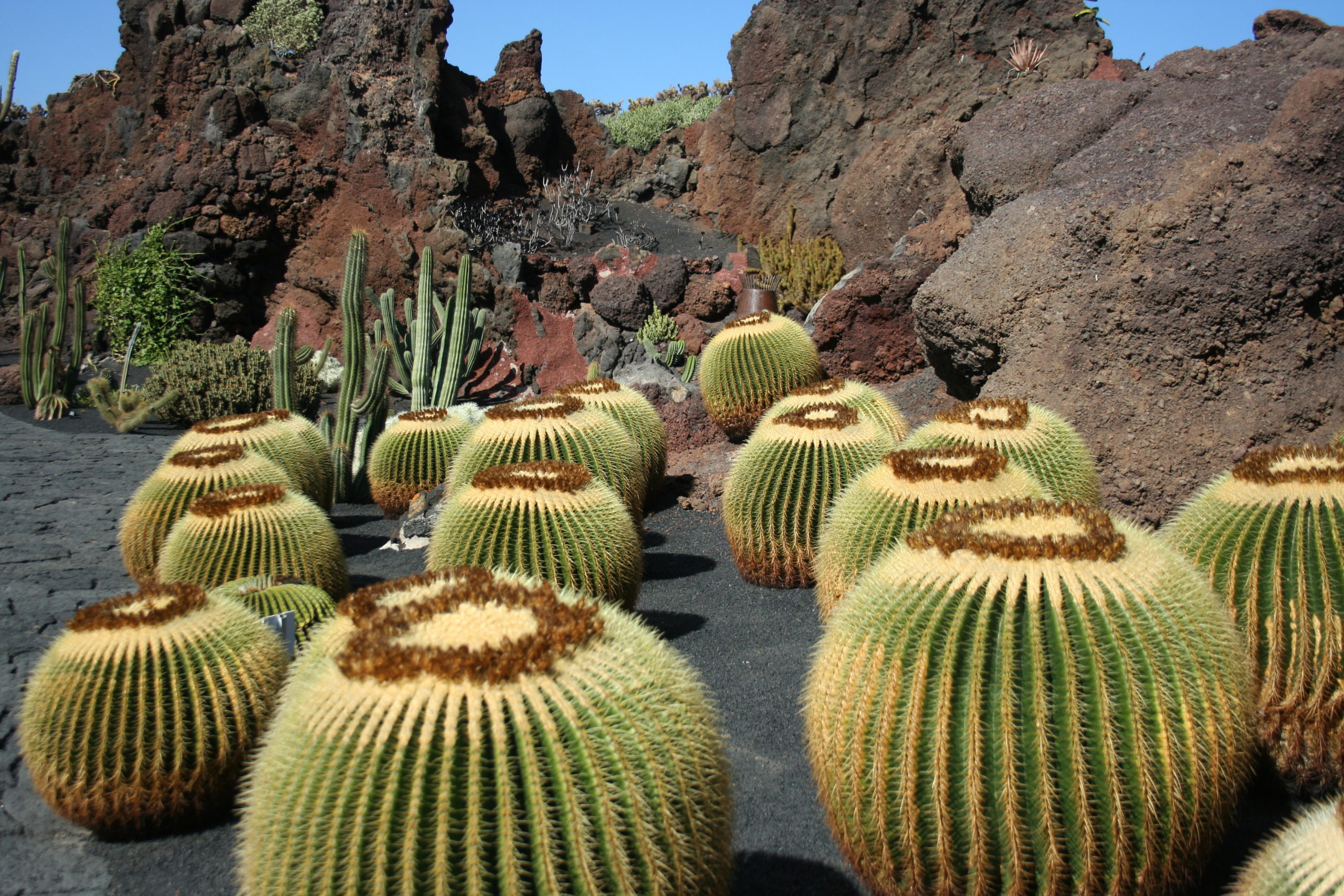Things to see in Lanzarote: North of the Island
Playa de Famara
Famara beach is a remote 3km-long stretch of sand and dunes. It borders with Caleta de Famara on one side, and with the Risco mountain on the other, making for a beautiful and unique landscape. It is a perfect playground for surfers, windsurfers and kite surfers.
Mirador del Rio
Located 400 meters high, on the Risco de Famara, the Mirador del Río is one of César Manrique’s most representative architectural creations camouflaged on the rock. The Mirador takes over El Río, the narrow stretch of the sea separating Lanzarote from La Graciosa and has panoramic views towards La Graciosa. There is a boutique shop and a café from which you can enjoy the views while enjoying your coffee.
Orzola
Little village where you can take the boat to La Graciosa Island, a small island north of Lanzarote. Pleasant and cheap and frequent boat to the island, where there are a few restaurants (Girasol), you can have a nice swim or rent bikes to cruise around the small island.
Orzalo also has a few fish restaurants near the sea (Os Gallegas, Perla del Atlantico, Mirador)
Caleton Blanco
Dramatic white sand beaches between black lava rocksand turquoise waters that surround these playas. There are in fact three separate main beaches here, along with a couple of sandy coves – which are collectively called the Caletones. Certainly worth a visit, also with children.
Club La Santa
The Club La Santa is a popular vacation resort especially for sporters.
Haria
Haria lies surrounded by Volcanos in the “Valley of the Thousand Palms” and there is no other place on the whole island where canary palms grow in such a variety. The Saturday market is worth a visit; and do not forget to visit the César Manrique House Museum.
Cueva de Los Verdes
La Cueva de los Verdes, is a lava tube about four miles long, formed thousands of years ago when the volcano Monte Corona erupted. The streams of lava hardened on the outside but continued flowing on the inside which explains the formation of the tunnels. About one mile of the caves are open to visitors, and the shapes and colors make this a memorable visit.
Jameos del Agua
This is one of those places where the wonders of nature come together with the good work and great design of César Manrique. There is a Centre for Arts, Culture and Tourism created by César Manrique, inland lakes, gardens, volcanic rock, caverns and blind albino crabs which are unique in the world. You can listen to concerts or have a diner in the cave.
Jardin del Cacti
The Cactus Garden is a magnificent example of an integrated architectural intervention in the landscape. Cesar Manrique makes this bold architectural complex binomial maintaining unwavering art and nature that permeates all space operations. The choice of this privileged environment, as in so many works of Manrique, conditions both aesthetic solutions adopted as the contents thereof, which have a sense of continuity and integration with the surrounding landscape.
Stand outside the large metal cactus entry and wrought-iron gate as singular referential and symbolic elements that make us divine the majestic character and surprising interior. The Cactus Garden is located in the town of Guatiza, municipality of Teguise, in the center of an agricultural environment characterized by large cactus plantations for the cultivation of cochineal. The origins of the Cactus Garden is back to the seventies of the twentieth century, when Cesar Manrique, in the creative dialogue with the island landscape, takes a look at the old rock quarry Guatiza volcanic ash. The artist encourages the Cabildo of Lanzarote, with whom he works closely, purchase the land, walled complex and restore the traditional mill which crowns the campus.

